
A photo in which hundreds of tourists impeded the path of turtles at Playa Ostional caused a scandal this past September, spreading quickly through social networks and other media.
The photographs let loose a wave of criticism directed towards the administration of the Ostional Wildlife Refuge, but above all, it brought a little-known fact to the forefront: in Costa Rica, the sale of turtle eggs from Ostional has been legal since 1987.
According to Magdalena Vega, president of the Ostional Development Association (ADIO – Asociacion de Desarrollo Integral de Ostional), 40 years ago the beach was unprotected. The loss of eggs was substantial, as people from all over the country would visit to harvest them. Animals got fat on turtle eggs and since the beach wasn’t clean, sand was left with a hard covering of contamination that impeded births.
The first research by the University of Costa Rica started in the 1970s, and until today a permanent research process has been in place, monitoring the population of turtles that come to the beach.
It is clear that during a massive laying of turtle eggs, the animals themselves have the effect of over-digging, destroying other turtles’ nests that had been laid before. Part of those eggs are destroyed by beach erosion, dogs and vultures. In the first days following an arrival (events during which huge numbers of turtles arrive to lay their eggs), the destruction of eggs is extremely high and for that reason it is allowed to take advantage of the eggs during the first three days of the arrival . Although the beach is a protected area, 70% of eggs are lost due to natural causes.
Once ADIO’s chief biologist makes the declaration of an arrival, SINAC verifies whether the eggs are commercially viable (as very small arrivals do exist) and then issues a resolution authorizing the harvest.
The harvest of eggs takes place during the first three days of an arrival. Work is done for two or more hours per day, depending on the demand for product, to control the process such that no more eggs are removed than those that will be bought. Workers are divided into groups of five people to find, excavate, wash and pack the product.
A twelve-member surveillance team works all night, which is an important way to control illegal harvesting on the beach. Workers are also organized to clean the beach and protect eggs until turtles are born 45 days later, preventing predation by dogs, vultures or other animals.
The beach is monitored every night in order to count the number of turtles that came. Between September 22 and 24, some 251,812 turtles were counted. Workers collected 537 bags of eggs, which were sold for ₡6,986,000 ($13,100). Of that amount, 30% will be used to cover costs and 70% is an incentive that will be distributed evenly among the members.
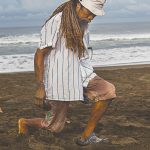

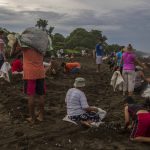
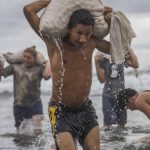
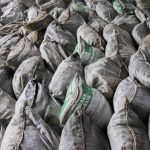
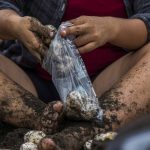
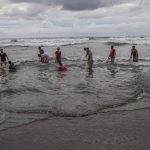
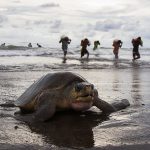
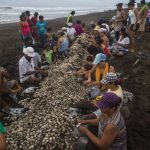
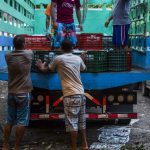
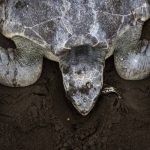
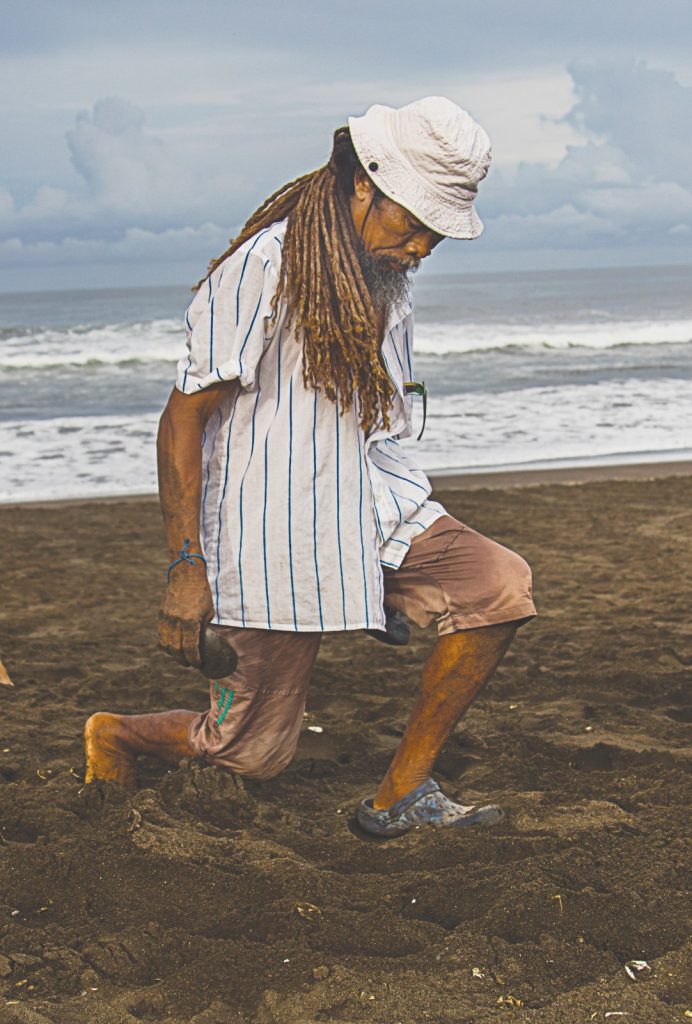
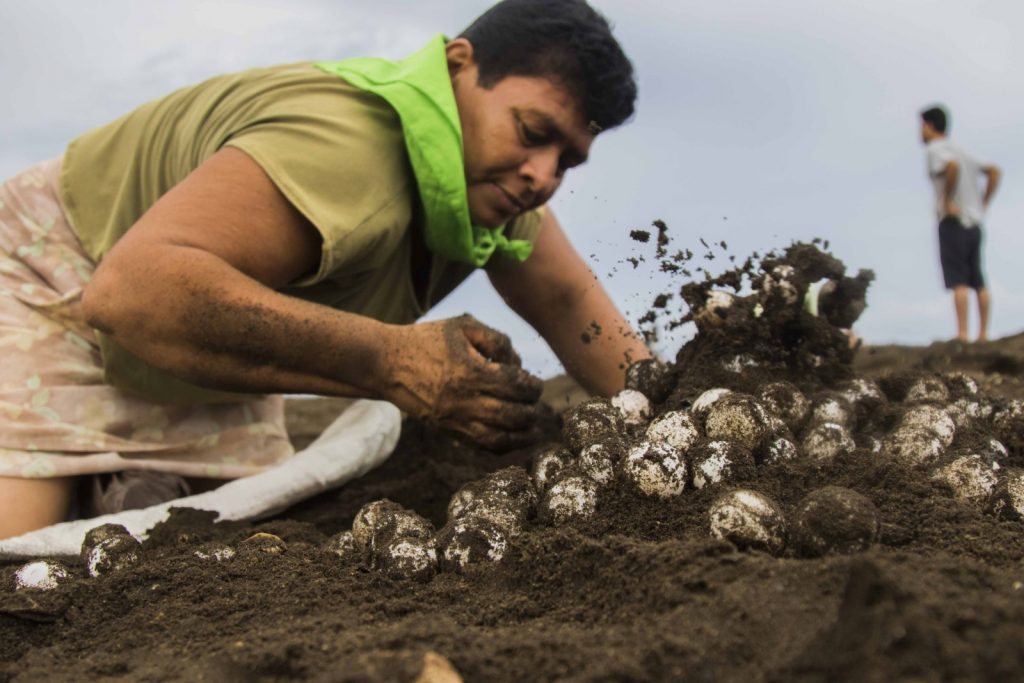
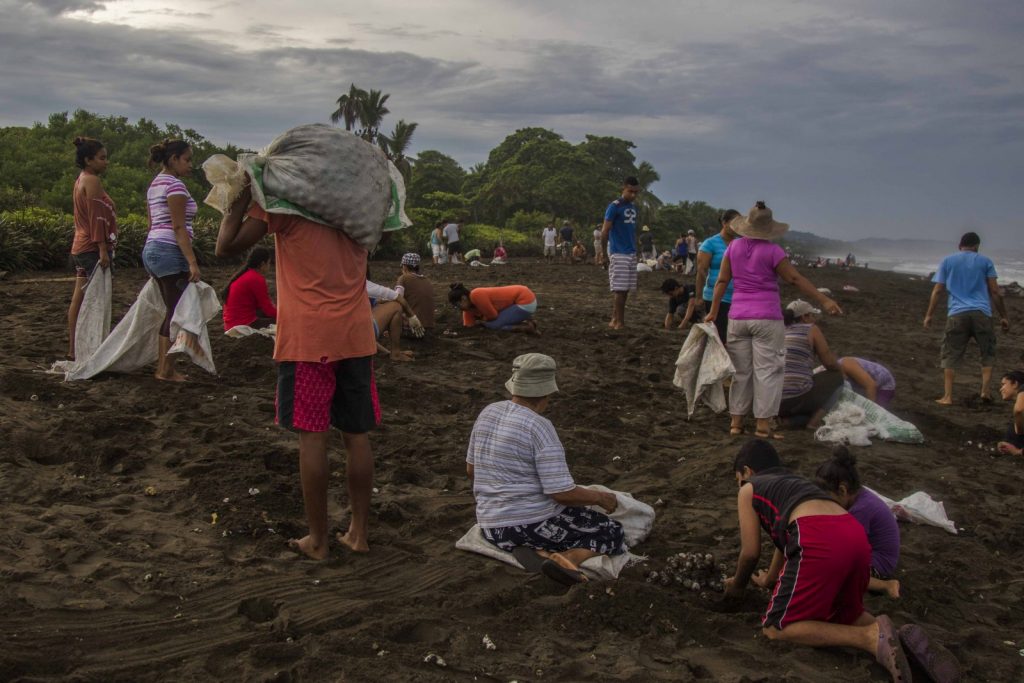
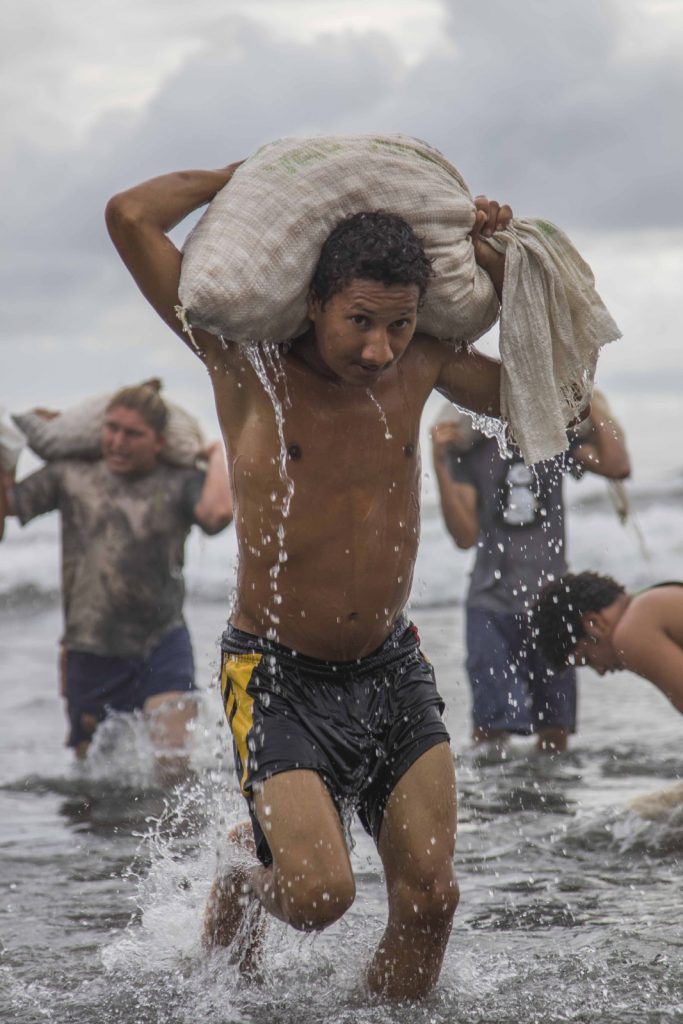
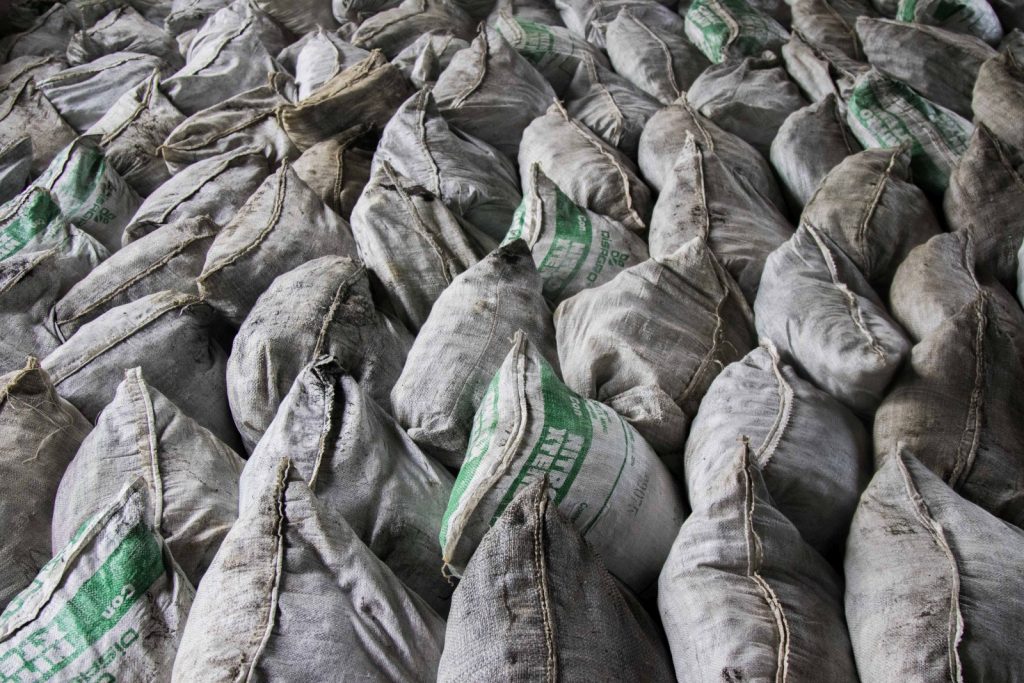
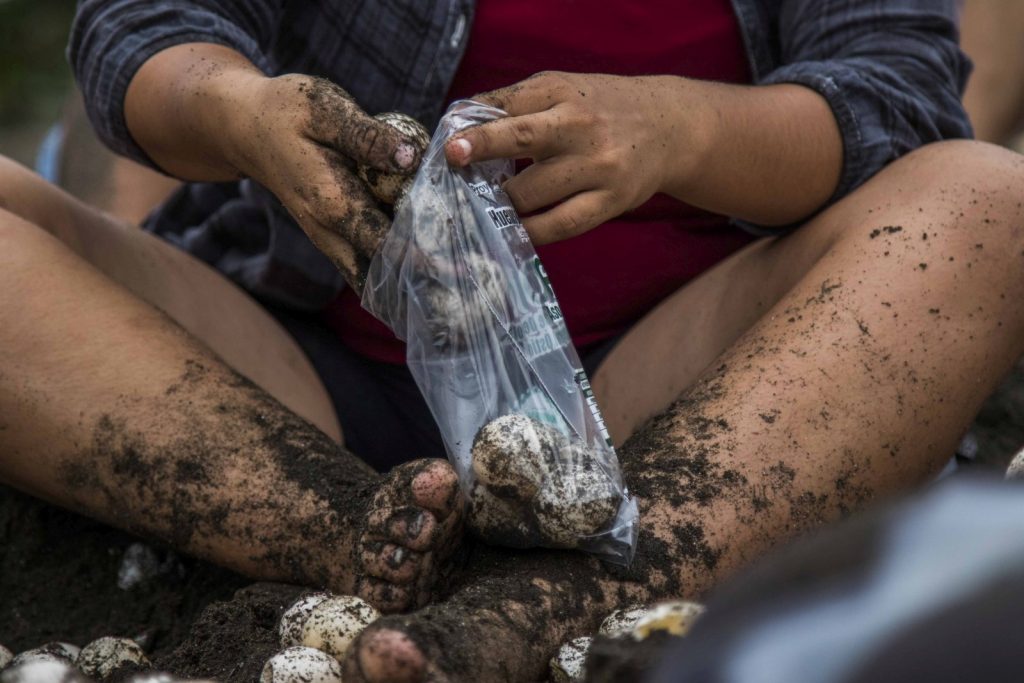
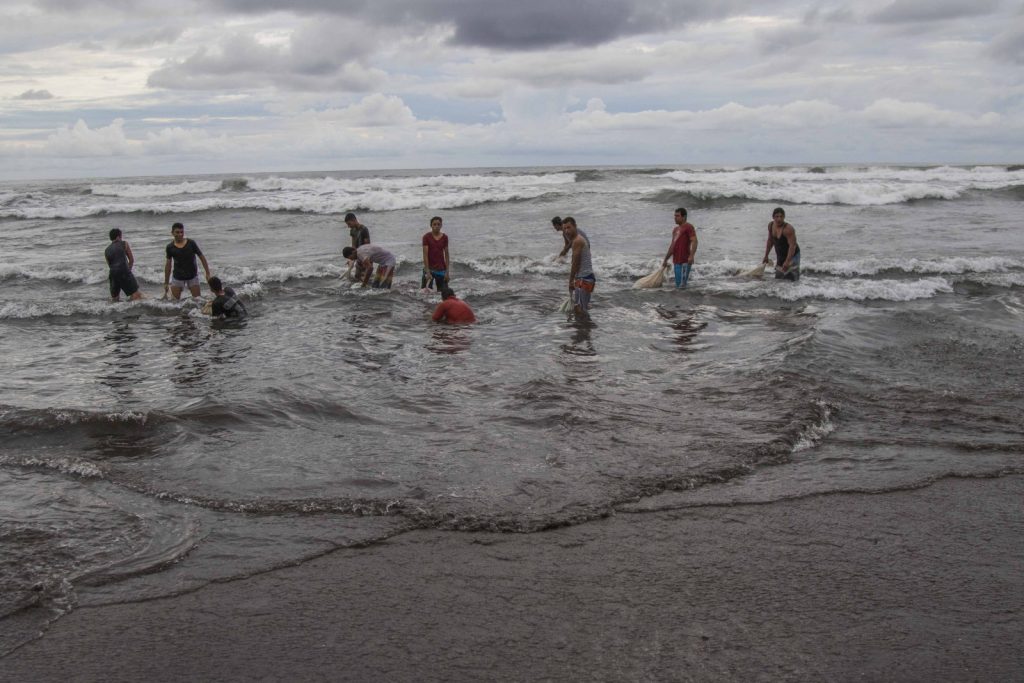
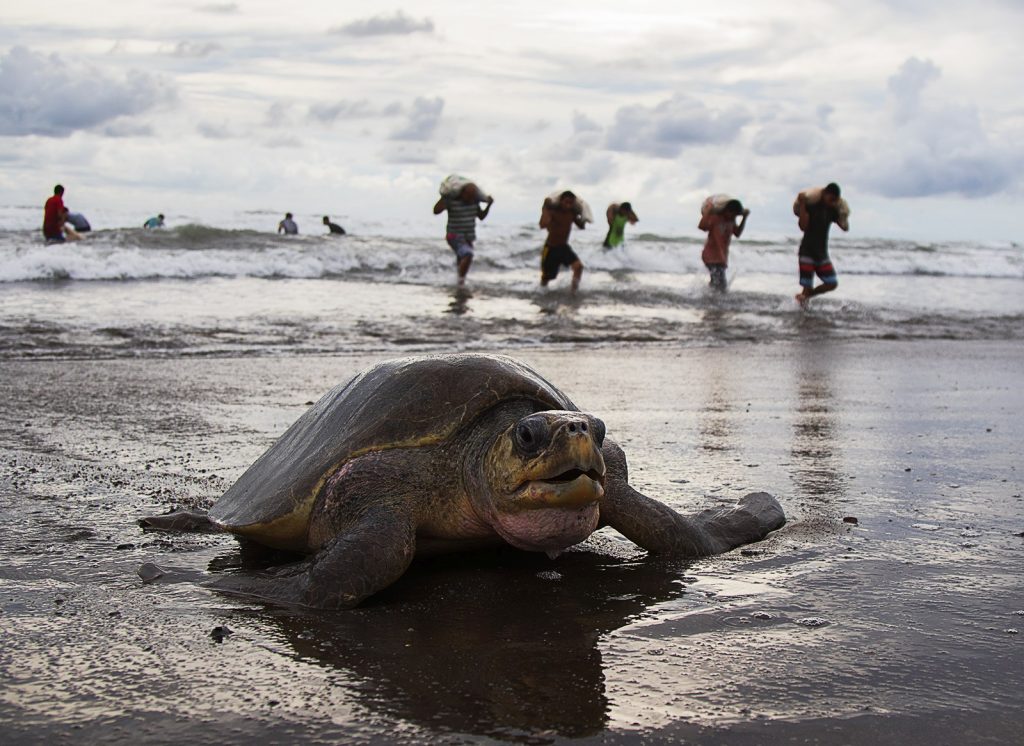
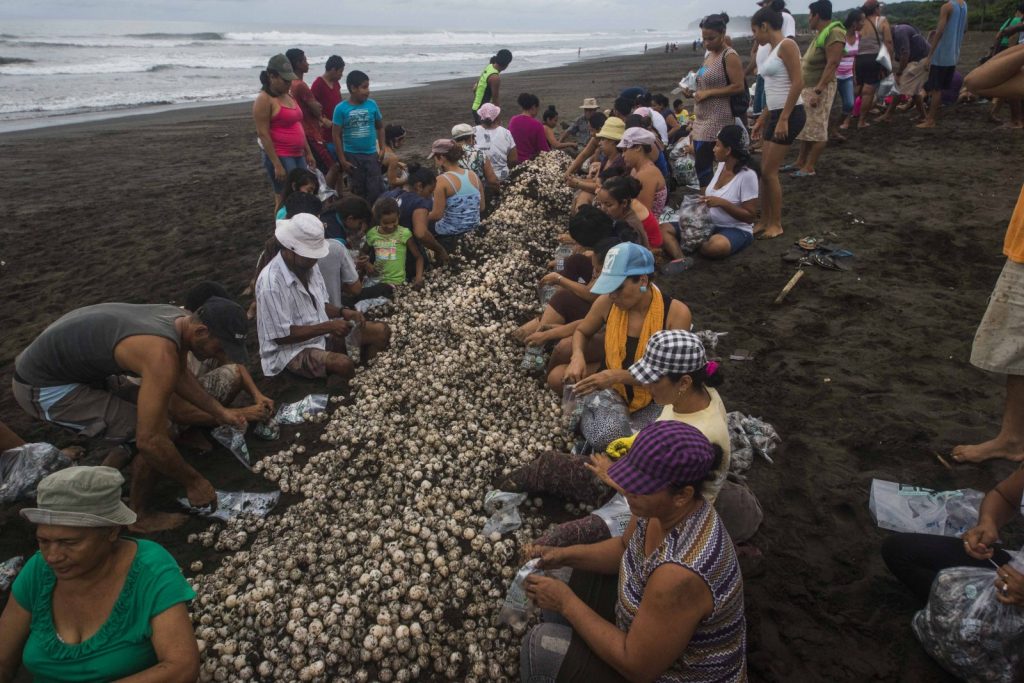
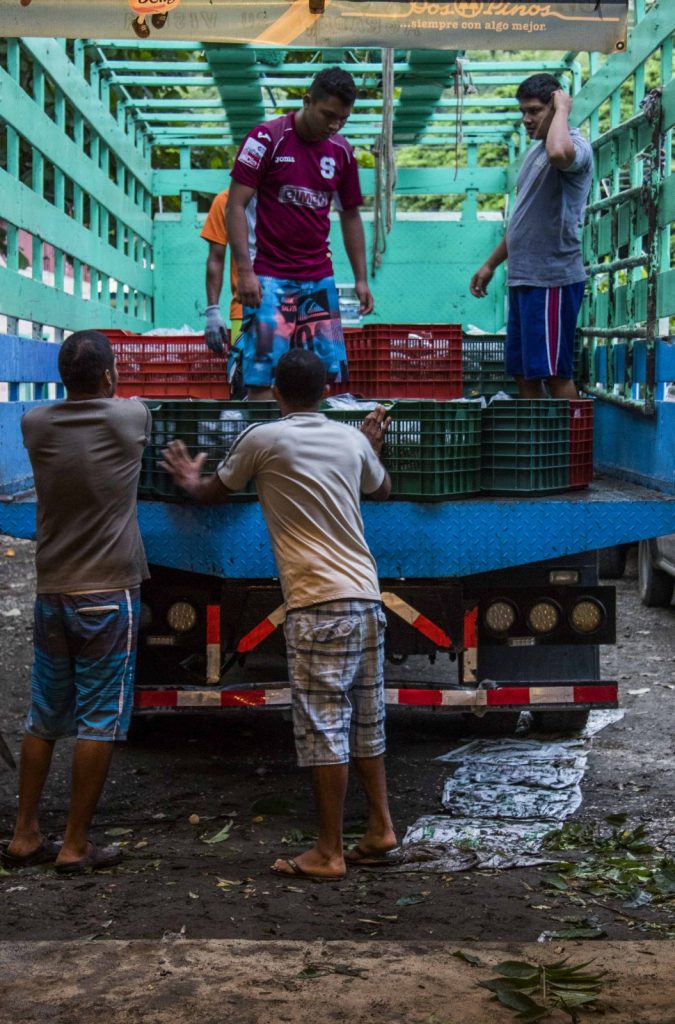
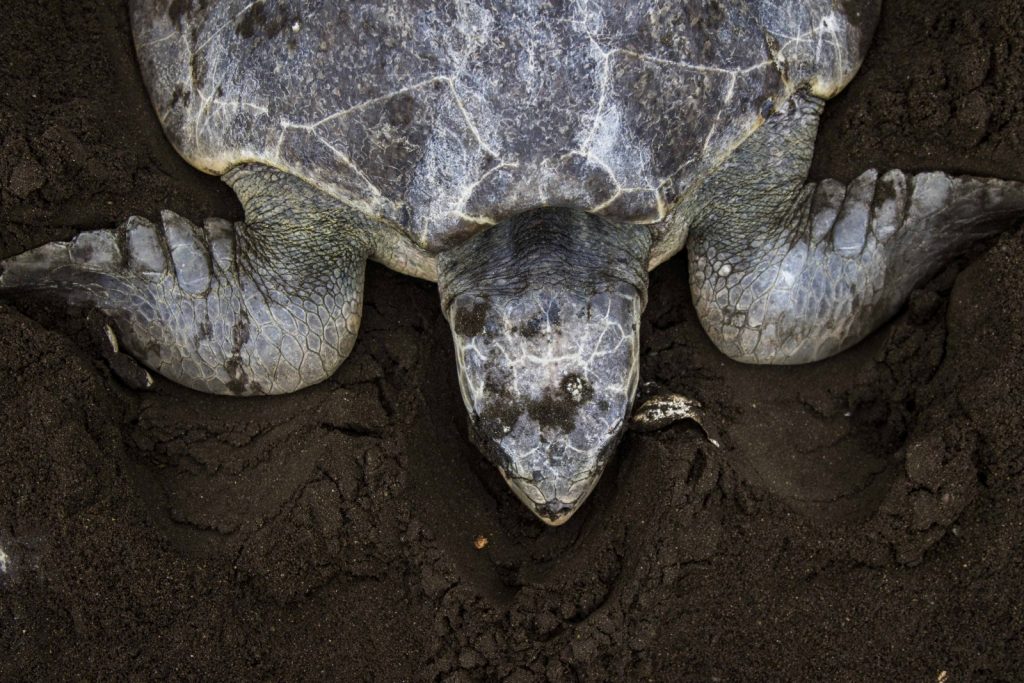


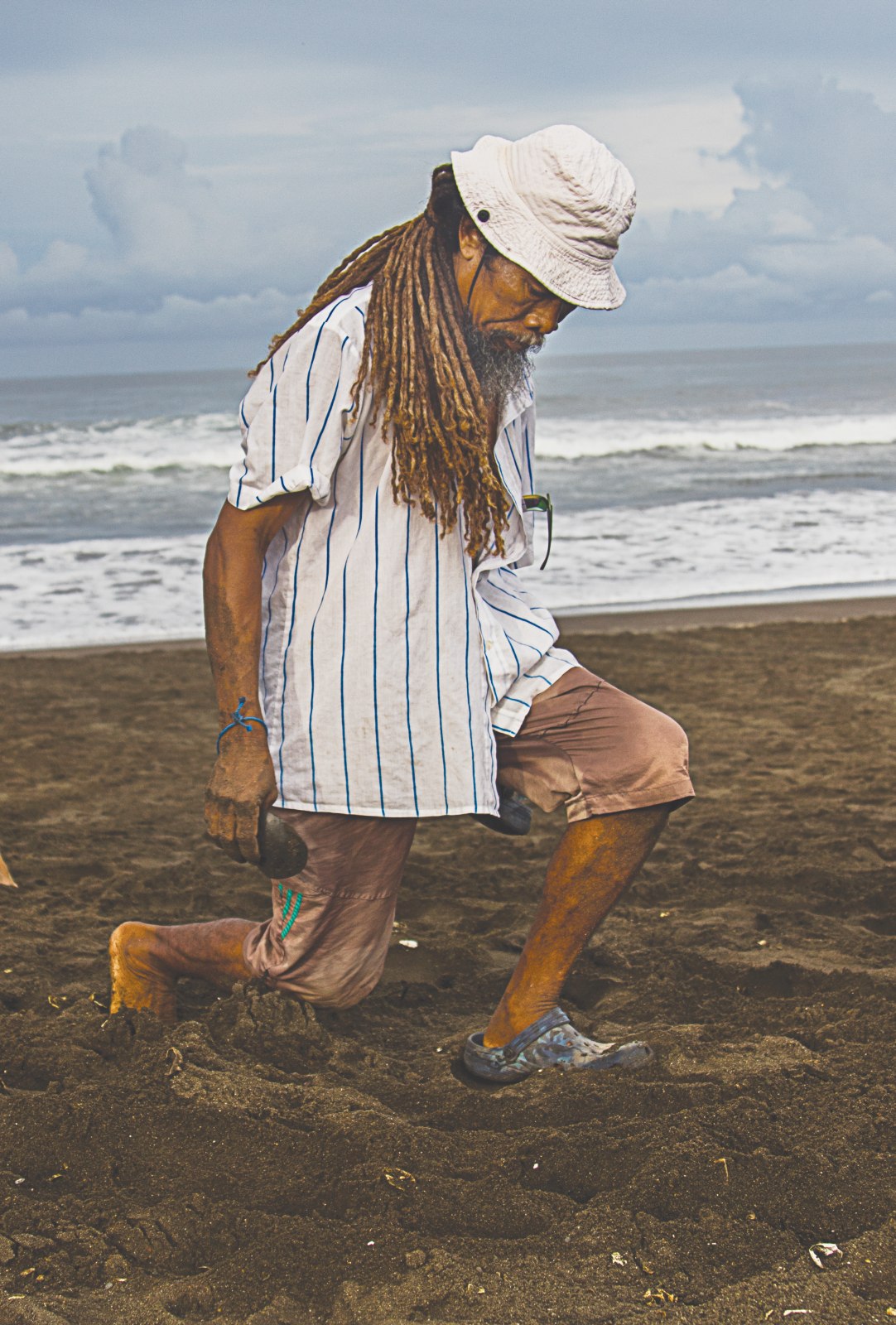
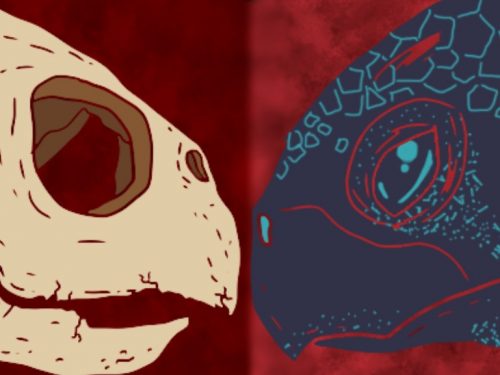
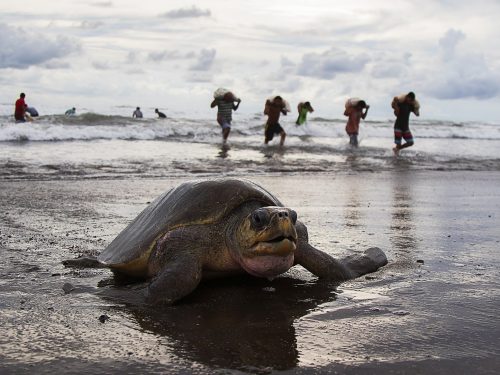
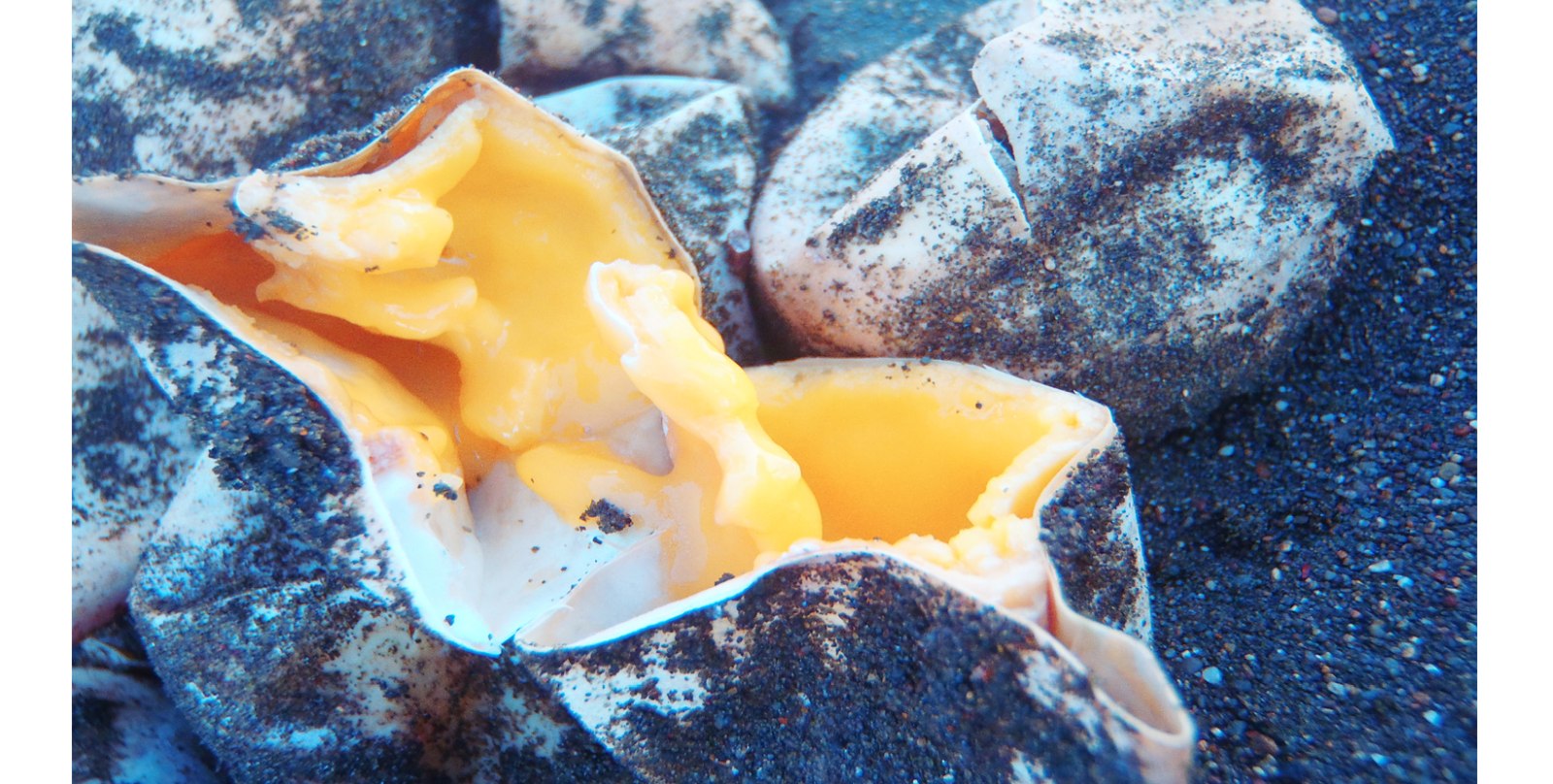

Comments